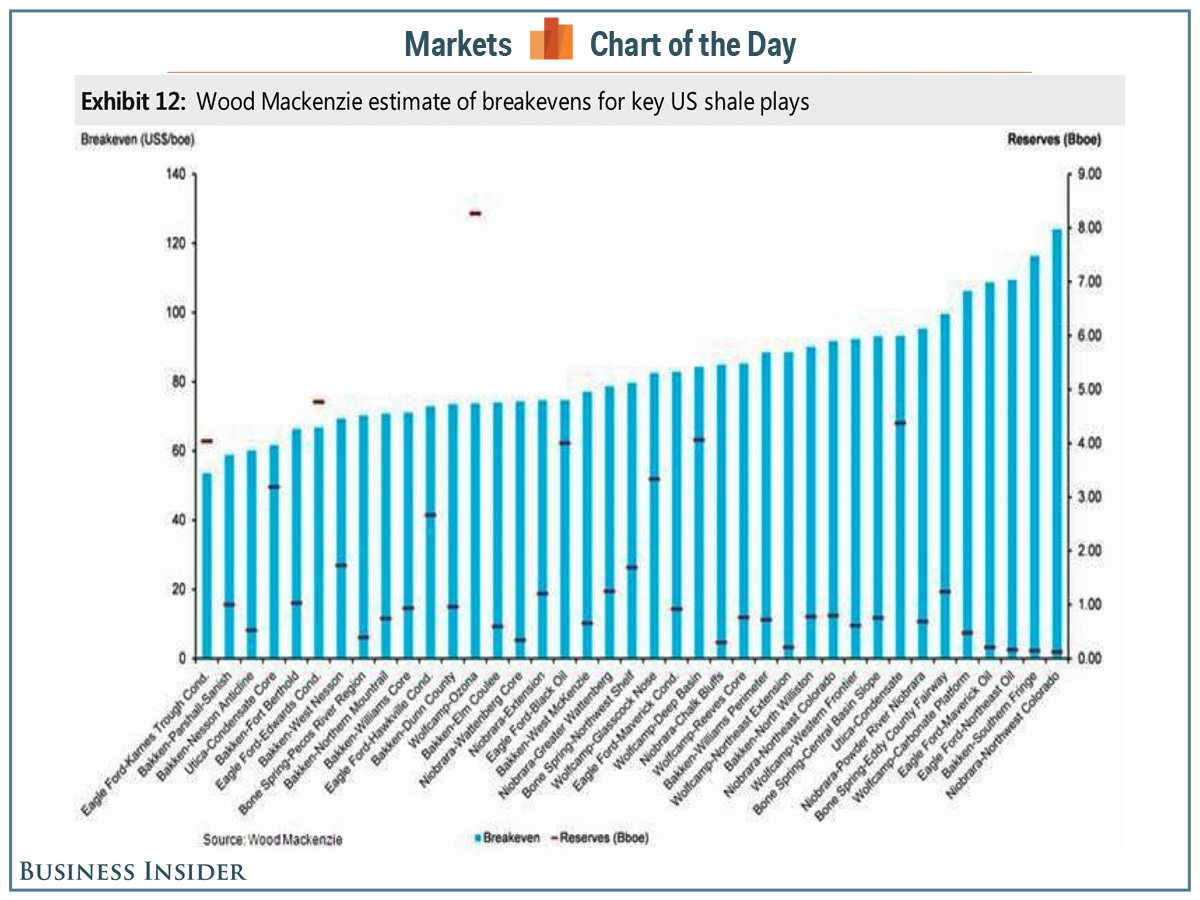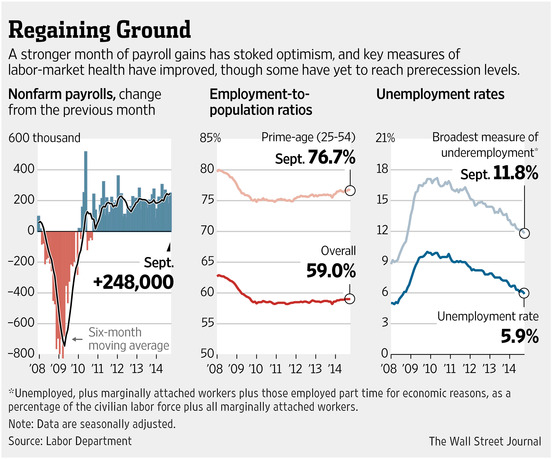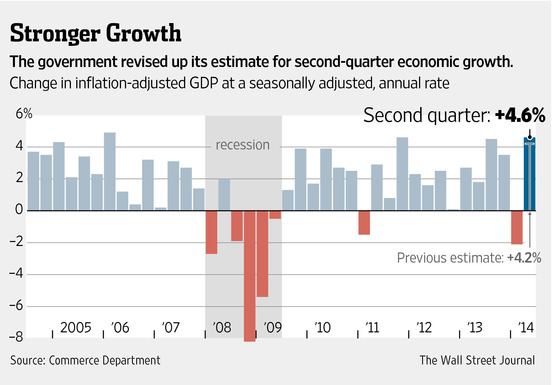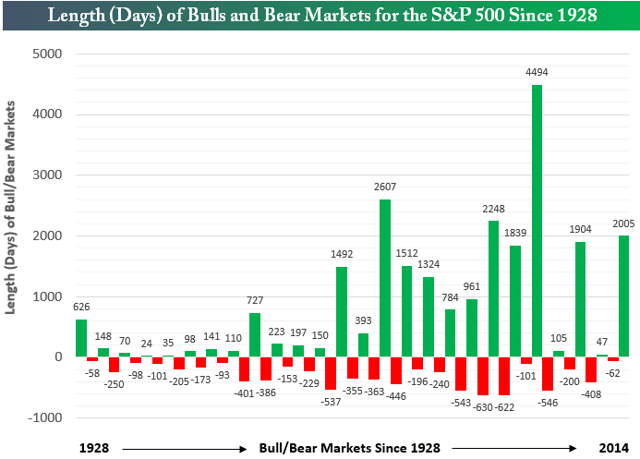Despite Federal Reserve Chair Janet Yellen removing the word “patient” from the latest Fed statement, the Fed continues to signal to the market that they are in no hurry to raise rates. That said, the market has already priced in a strengthening U.S. dollar (USD) over the past year and market participants assume that the Fed will be the first major central bank to begin raising interest rates. The Fed stopped their bond purchase program in October as other central banks have continued further strengthening the dollar. As noted in last week’s commentary, the European Central Bank (ECB) initiated their quantitative easing program while other central banks continue with loose monetary policy hoping to stimulate economic activity. The impact of divergent central bank policies (U.S. versus other developed countries) has already been felt by financial markets and many believe this will continue as the market determines new currency equilibrium which will impact investors in almost every asset class.
The most immediate impact of divergent central bank policy has been on the USD which has appreciated by almost 25% over the past year when using the U.S. Dollar Index which measures the USD against a basket of six foreign currencies1. U.S. investors with exposure to non-hedged foreign assets have noticed their international returns remain lackluster when compared to local currency returns. In both European and Japanese equity markets, the differences between local currency and USD returns were over 10% last year. This year, in Europe, it is around another 10%. Despite what appears to be a pause in the continued strengthening of the dollar this week, many market participants believe the dollar will continue to strengthen at least until parity with the Euro.
While the declining dollar has hurt USD denominated investors in foreign assets, the impact on international equity markets when using local currencies has been strong. The Japanese Nikkei is at a 15 year high, and the UK FTSE 100 and the German DAX are nearing all-time highs. One major contributing factor to this is that all three nations rely on exports in order to sustain economic growth, and a declining currency when compared to the USD helps those exporters competitively price their goods. In addition, we noticed that a large depreciation in a currency can result in a short-term windfall for exporting companies since earnings in local currency will be inflated as revenue increases due to currency depreciation; however, cost, if in the local currency, will remain fixed. Lastly, as some international and emerging market firms have issued debt in USD, their financing costs have increased dramatically. All of these factors could create opportunities within international equity markets as investors will try to determine who will benefit or be hurt by recent currency movements.
For U.S. companies, the impact of a strengthening dollar will also be mixed. Those U.S. companies that rely on exports should see their revenue drop as they will have to lower prices to remain more competitive. Large-cap stocks, which generate a significant portion of their revenue from overseas, will most likely be punished the most in a strengthening dollar environment. That said, U.S. companies that rely on foreign imports from the developing world as part of their input costs will be able to benefit as their costs decrease. Again, investors will need to determine who will benefit most in a strengthening dollar environment.
In conclusion, the impact of the strengthening dollar will ripple across other markets including the equity markets. As many spoke of a new normal given the massive and unprecedented loose central bank policy that has taken place, the impact of these moves continue to be felt by investors.
1 Majority of this basket is against the Euro which has declined by more than 20% versus the USD on year over year basis.






